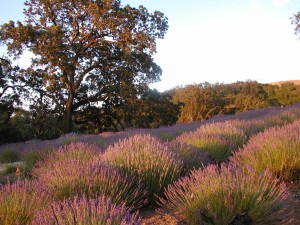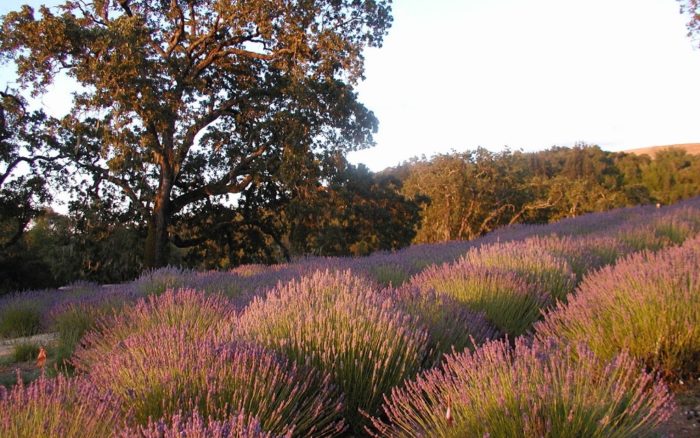 |
| A tree I love. |
Trees: Part Two. On Love and Activism
Several years ago I attended an evening performance of several ecological poets and songwriters at an environmental conference in San Francisco. I remember one songwriter straight out of the tradition of 1960’s, who accompanied her song about star thistle with her guitar. The song was a call for attack on this invasive plant that is, in fact, hard to get rid of and threatening native perennials of our California grasslands. But I found my attention flagging.
Then came poet, Elizabeth Herron. She had collected statements from north coast tribal people who traditionally depended on salmon for their sustenance and incorporated these statements into a poem/song. As she read, a young man “played” a rain stick and dancers bedecked in blue and green filmy streamers swam about the stage. Any of us who had doubts about the divinity of the salmon fell in love with them and with the waters so important to their healthy ecology. After that performance, there is nothing I would do to hurt such a fish. Love is motivating!
Reading Jean Shinoda Bolen’s most recent book, Like a Tree: How Trees, Women, and Tree People Can Save the Planet, I remembered that performance, which for me, has become a gold standard for activism. Jean Bolen would agree. Both a Jungian analyst and a long time activist for women, children, and our planet, she says there are three questions to ask yourself when you come across a cause you are considering. First, is it a cause that is meaningful to you? There are many causes, but does this one pull you? Second, will it be fun, although hard work? And last, and certainly not least, is it motivated by love?
Jean wrote the book as a way to deal with her grief about losing the Monterey pine tree that sat outside her kitchen door. I saw this tree once. It was a gracious tree with large and stretching thick branches that provided a micro climate of its own, catching the fog of the coastal atmosphere and dripping it onto the surrounding area. A neighbor wanted it cut to provide a view and ended up getting her way. Jean poignantly describes returning from a meeting at the United Nations to find her tree gone, how the micro climate changed, becoming dry and harsher, and how different plants grow there now. This is small example of what is happening globally as ancient forests are cut for timber and for farming.
She describes the biology of the tree, too, how trees take carbon dioxide out of the air, “fix it” into matter, while releasing oxygen back into the atmosphere. Trees are the lungs of our earth. In understanding the science of the tree, one understands why we need to support economies that do not cut forests. As my sister, Judy Parrish, a botanist and ecology professor, says, one of the most important things that we can do for our planet is plant trees, and certainly stop cutting them.
Jean’s book reminds the reader that what each of us does is important, that each of us has power in the present, and that is it important that that power be motivated by love. The tree we protect, the neighbor we are kind to, all of it adds up.
